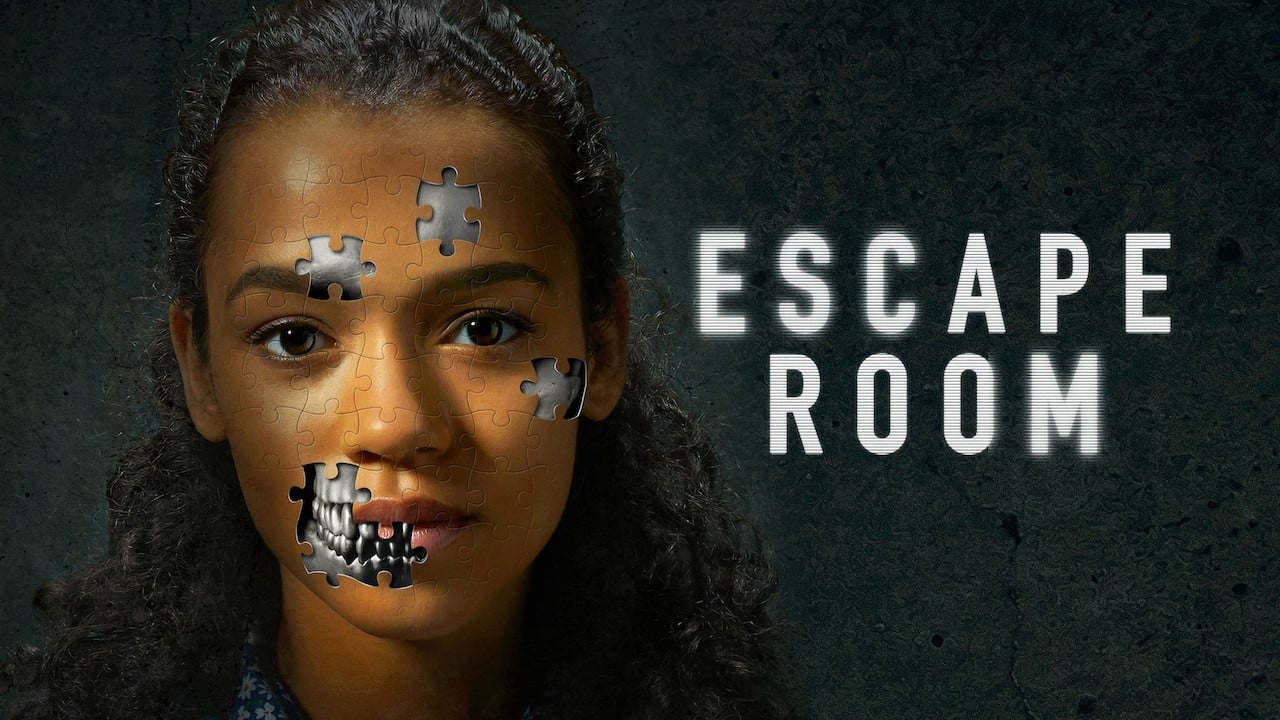

ĭuring gameplay the player must click on objects to either interact with them or add them to their inventory. Room escapes usually have a minimalistic interface, ambient soundtrack, and no non-player characters these elements can enhance the gamer's sense of isolation. Most room escape games offer only token plots, usually a short cut scene consisting only of text to establish how the player got there, and sometimes another when the game is finished. Most escape-the-room games play from a first-person perspective, where the player must click on objects to interact with them. While a single-location game may not be set inside a room, and while the player's goal may not necessarily be to escape, in 2002 the interactive fiction community first hosted a One Room Game Competition (attracting six entries, all in Italian), and in 2006 Riff Conner wrote Another Goddamn Escape the Locked Room Game, indicating that the genre is well known in the contemporary interactive fiction hobbyist community. The genre was further popularized in 2004 by the Japanese "Crimson Room" game by Toshimitsu Takagi, which has spread throughout the internet and can be seen on many gaming websites. The term originated in 2001 from the MOTAS game, though there are many older examples of the point-and-click variation, such as Noctropolis, and even earlier examples from the text adventure canon. Vox writer Alex Abad-Santos stated that while adventure games with more open exploration may be "too aimless", the appeal of escape room games is in their immediacy and constricted world. Rand Miller, one of Cyan's co-founders, described Myst as "too big" and "too hard to top". The first game was a landmark title, helping to popularize the use of CD-ROM technology for computers, but as they continued to develop sequels with more ambitious landscapes, alongside several other developers spurred by Myst 's success, adventure game sales flattened. However, the growth of escape the room games is believed to be tied to the popularity of the Myst series, first released in 1993 by Cyan Worlds, which created puzzles across pre-rendered computer-generated environments, requiring players to look for clues across the landscape. The basic gameplay mechanism of having the player trapped in a single location dates back at least to John Wilson's 1988 text adventure Behind Closed Doors, in which the player is trapped inside a restroom.
#The escape room how to
Games like The Room may also present virtual puzzle boxes that are solved in a similar manner to escape games, by finding out how to open the puzzle box using visual clues on the box and around the environment. Įlements of escape the room games can be found in other adventure games, such as Myst and Nine Hours, Nine Persons, Nine Doors, where a complete puzzle is solved by evaluating the elements within a single room. The popularity of these online games has led to the development of real-life escape rooms all around the world.


Some examples include Crimson Room, Viridian Room, MOTAS, and Droom. Escape the room games were born out of freeware browser games created in Adobe Flash, but have since become most popular as mobile games for iOS and Android. The player must use the objects to interact with other items in the room to reveal a way to escape. The room usually consists of a locked door, objects to manipulate, and hidden clues or secret compartments. Escape the room, also known as room escape or escape game, is a subgenre of point-and-click adventure game which requires a player to escape from imprisonment by exploiting their surroundings.


 0 kommentar(er)
0 kommentar(er)
